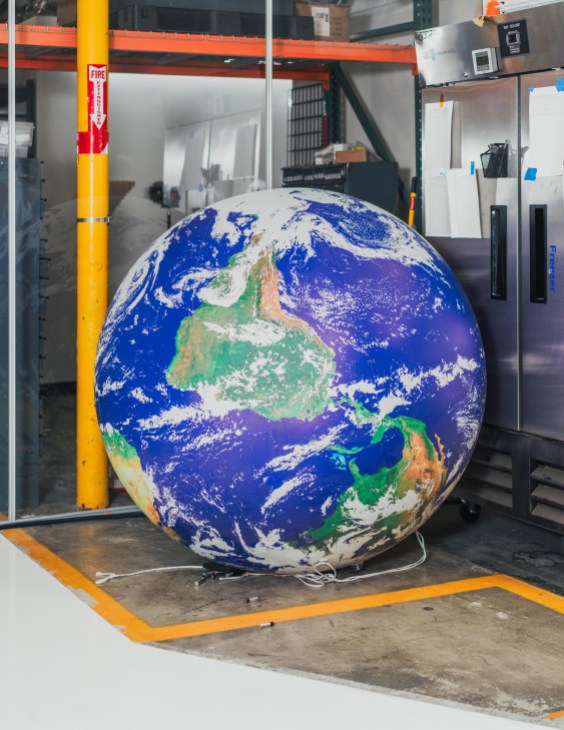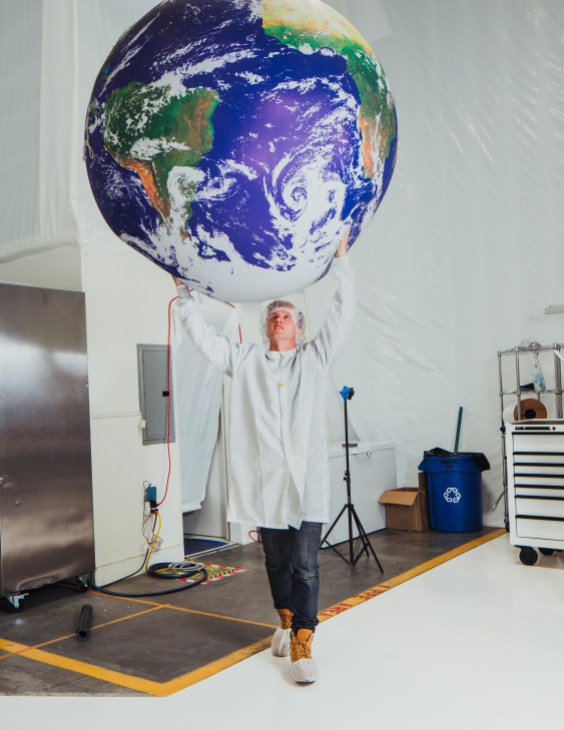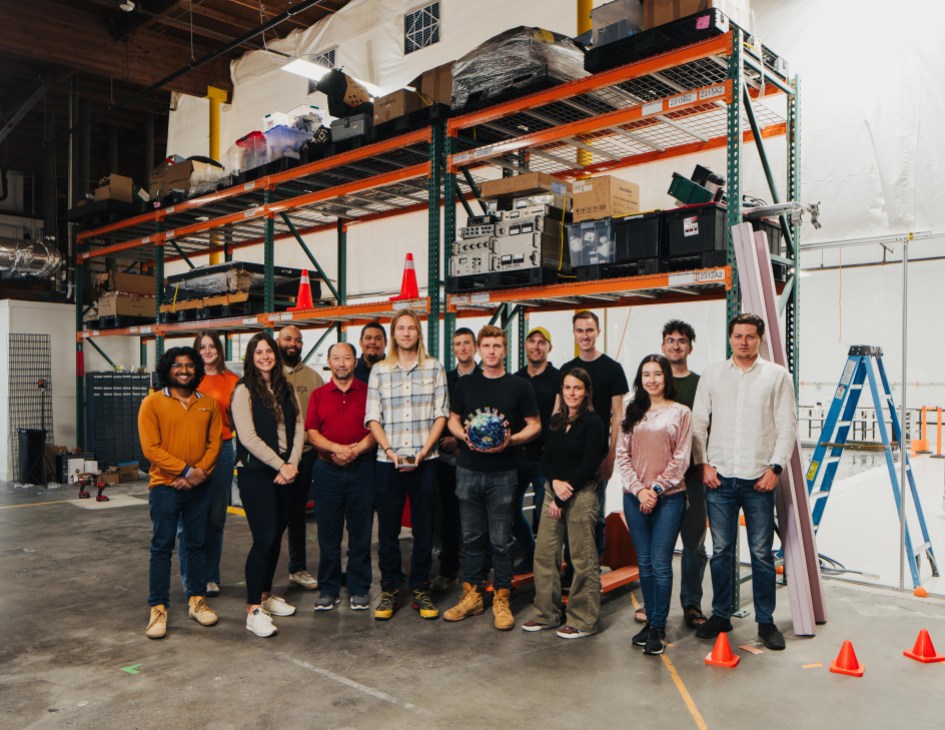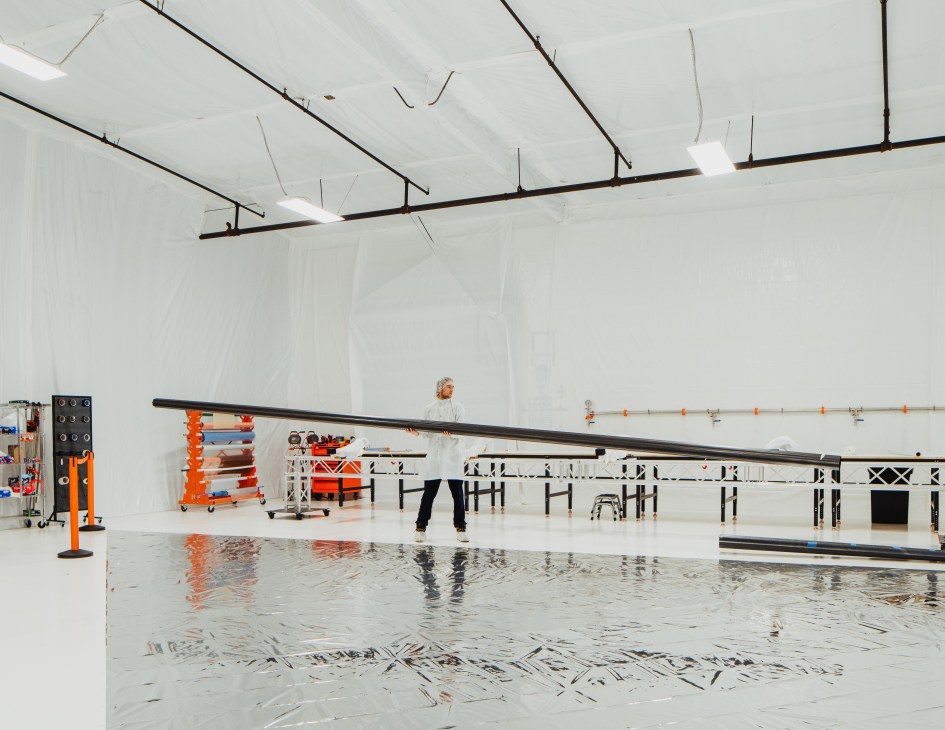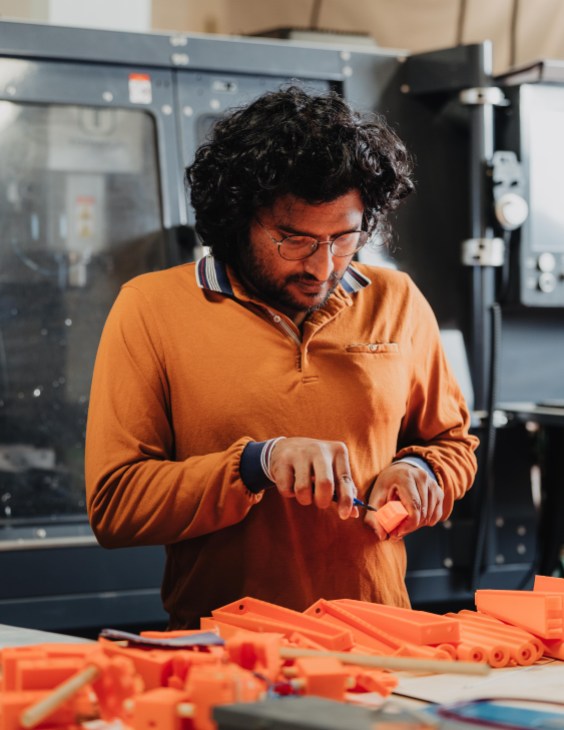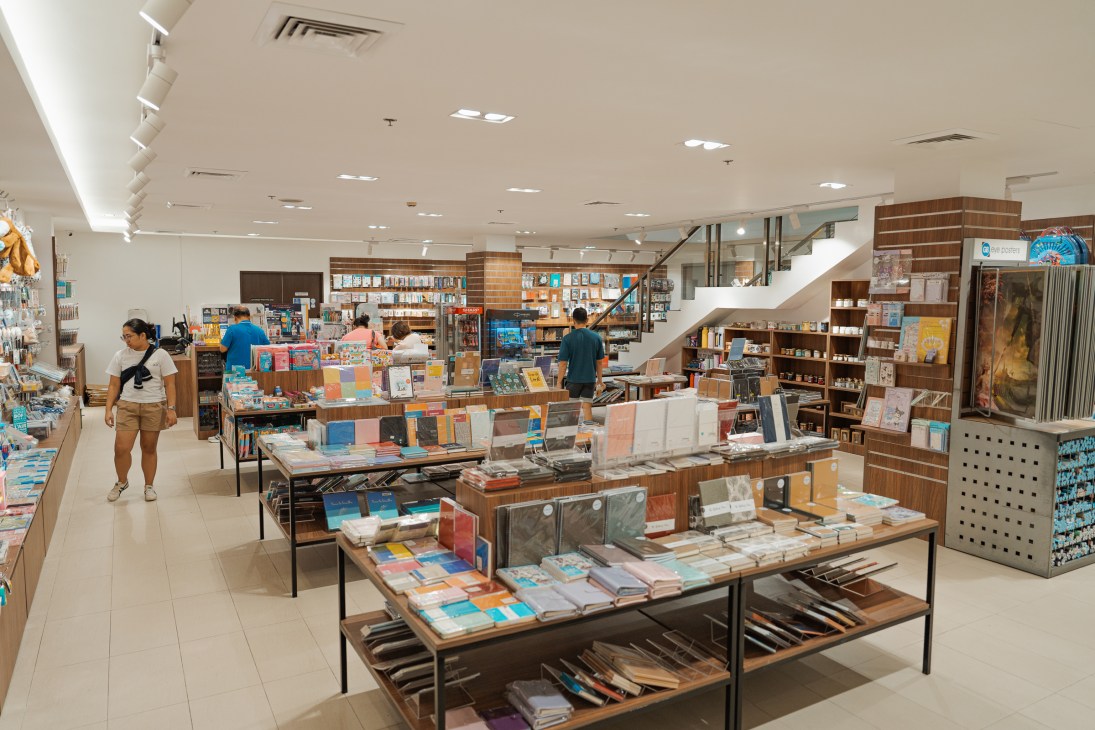Tomorrow morning (24 July), the Security Council will convene for a briefing under the agenda item “Cooperation between the United Nations and regional and subregional organizations”, focusing on the Organisation of Islamic Cooperation (OIC). Mohammad Ishaq Dar, Pakistan’s Deputy Prime Minister and Minister for Foreign Affairs, is expected to chair the meeting, which is one of the signature events of Pakistan’s July Council presidency. Briefings are expected from Assistant Secretary-General for the Middle East, Asia and the Pacific in the Departments of Political and Peacebuilding Affairs and Peace Operations (DPPA-DPO) Mohamed Khaled Khiari and OIC Assistant Secretary-General for Political Affairs Yousef bin Mohammed Al-Dubaie.
A presidential statement on UN-OIC cooperation initiated by Pakistan is expected to be adopted during the meeting.
Briefing
The OIC is an intergovernmental organisation established in 1969, which comprises 57 members from across the Middle East, Africa, Asia, Europe, and the Americas, including Council members Algeria, Guyana, Pakistan, Sierra Leone, and Somalia. The organisation serves as a platform for cooperation on political, economic, cultural, and social issues affecting countries with significant Muslim populations. (For background and more information, see the brief on UN-OIC cooperation in our July 2025 Monthly Forecast.)
Pakistan has circulated a concept note ahead of the meeting, outlining its key objectives. These are: to take stock of ongoing collaboration between the UN and the OIC; to explore avenues for strengthening cooperation in areas such as preventive diplomacy, dispute resolution, counter-terrorism, peacekeeping, and peacebuilding; and to promote dialogue as a means of fostering mutual respect and advancing shared goals for peace and security.
The concept note poses three questions to help guide the discussion at tomorrow’s meeting:
- How can the UN, including the Security Council, leverage its cooperation with the OIC to address contemporary threats to international peace and security?
- How can the UN and the OIC develop more institutional linkages to promote common goals and objectives for the maintenance of international peace and security?
- What practical measures can be supported by the UN to strengthen the capacity of the OIC Secretariat for conflict prevention and dispute resolution?
Negotiations on the Presidential Statement
The negotiations on the draft presidential statement appear to have been arduous. Pakistan circulated the initial draft of the text on 1 July and convened the only round of negotiations on 7 July. Following four subsequent revisions and two silence breaks, a fifth revised draft was placed under silence procedure last night (22 July) until noon today (23 July). Silence was not broken, and the statement is expected to be adopted tomorrow.
The agreed text of the draft presidential statement notes the interest of utilising the existing and potential capabilities of the OIC, including through encouraging its member countries to resolve differences peacefully through dialogue, reconciliation, consultation, negotiation, good offices, mediation, and judicial settlement of disputes. Among other issues, it recognises the importance of OIC interaction with the Peacebuilding Commission (PBC) in support of nationally owned peacebuilding efforts and commends OIC member states for their commitment to international peacekeeping and peacebuilding, including through the contribution of troops to UN peacekeeping operations.
It seems that Pakistan sought to use the presidential statement to enhance institutional cooperation between the UN and the OIC and to elevate this partnership to a level comparable to the UN’s engagement with other regional and sub-regional organisations, such as the African Union (AU). The initial draft built on the first presidential statement on UN-OIC cooperation, adopted on 28 October 2013, and drew on language from different Security Council products. These included texts relating to the UN’s cooperation with the AU, as well as presidential statements recognising the critical role of regional and sub-regional organisations in the prevention and resolution of conflict. However, unlike the 2013 presidential statement on UN-OIC cooperation, the draft text did not include any references to specific countries or regions, apparently due to Pakistan’s intention to avoid contentious issues and maintain a focus on institutional cooperation.
Council members are generally supportive of strengthening cooperation between the UN and regional and sub-regional organisations and of Pakistan’s efforts to strengthen the relationship with the OIC. However, there are underlying political differences among Council members on specific contexts affecting OIC members. These include diverging positions on the Israeli-Palestinian conflict and the OIC’s political backing for the Turkish Cypriot community. Regarding the latter issue, the European Union (EU) strongly supports the sovereignty, territorial integrity, and independence of the Republic of Cyprus and opposes recognition or assistance to what it considers a “secessionist entity”. (For more information on Council dynamics on the issue, see the brief on UN-OIC cooperation in our July 2025 Monthly Forecast.)
During the negotiations, some members apparently suggested that certain formulations in the initial draft text may have overstated the existing relationship between the UN and the OIC and advocated for language that in their view more accurately reflects the current scope and depth of engagement. Concerns were also raised about the inclusion of references drawn from other contexts, such as on the UN-AU cooperation, which some felt were not entirely applicable to the UN-OIC framework. In this regard, some members emphasised that the level of institutional development, operational engagement, and the nature of cooperation can vary significantly among regional and sub-regional organisations and should be acknowledged accordingly.
It appears that Pakistan addressed these reservations in the final version of the draft statement, allowing it to pass the silence procedure. The revised draft removed several divisive elements from the initial draft, including language emphasising that UN-OIC cooperation should evolve into a systematic, operational, and strategic partnership rooted in shared values. It also omitted text acknowledging the value of enhanced cooperation in areas such as peace and security, conflict prevention and mediation, humanitarian assistance, intercultural dialogue, and counter-terrorism. The initial draft had also recognised that the OIC is well positioned to understand the root causes of armed conflicts, based on its knowledge of relevant countries, and suggested that this could enhance its contributions to conflict prevention and resolution. This language apparently went through a few iterations but was ultimately removed from the final version of the draft presidential statement.
References were also toned down in some other instances. For instance, language recognising the importance of strengthening cooperation with the OIC was changed in the agreed draft of the presidential statement to recognising “the relevance of enhancing cooperation”. The initial draft also had a reference noting that the UN and OIC share common objectives in promoting and facilitating the resolution of conflicts, especially those affecting OIC member states. However, this reference was changed in the final draft of the presidential statement to note that the UN and regional and sub-regional organisations, including the OIC, “work in promoting and facilitating the resolution of conflicts”.
Another issue that required discussion during the negotiations related to reporting and follow-up provisions proposed by Pakistan. The initial draft text committed the Council to holding an annual briefing regarding its cooperation with the OIC. It also invited the UN Secretariat and the OIC to identify options to support the strengthening of relations between the two organisations, including through the joint formulation of a framework for enhanced partnership on peace and security. However, several Council members—including France, Greece, Slovenia, the UK, and the US—expressed reservations about the proposed language, which they apparently viewed as prescriptive. While at least one member suggested deleting this language, some advocated for a more flexible approach, proposing that briefings be held as necessary. Taking these concerns into account, the final version of the agreed presidential statement expresses the Council’s intention to hold regular briefings on UN-OIC cooperation, as appropriate. The language relating to identifying options for strengthening UN-OIC relations and jointly developing a framework for cooperation was also removed at the request of some members.
One of the key issues raised by some members, particularly Greece, was the need to reflect in the draft text that the work undertaken by the OIC, and its cooperation and coordination with the UN, should be consistent with the UN Charter and relevant Security Council resolutions. This position apparently constituted a red line for Greece and was supported by several other members, including Denmark, France, Panama, and the UK. It appears that Greece proposed including language explicitly stating that OIC resolutions should be fully aligned with Security Council resolutions; however, this suggestion was not taken on board by Pakistan. As a compromise, Greece put forward alternative language, incorporated into the agreed draft of the presidential statement, stressing that efforts undertaken by the OIC, in coordination with the UN across various thematic areas, should be consistent with the principles of the UN Charter and relevant Council resolutions.
Language relating to cooperation on technical assistance also appears to have required further deliberation. It seems that the initial draft text urged the UN Secretariat to provide support for technical assistance and capacity-building. However, some Council members—such as France, Greece, and the US–apparently opposed the inclusion of this language, with some citing concerns about potential budgetary implications. Pakistan revised the language to state that such cooperation would take place within existing resources, but this formulation was also not acceptable to some members. Ultimately, reference to technical assistance and capacity-building was removed from the final draft of the presidential statement.
Tags: Insights on Interaction with Regional and other International Organisations, Interaction with Regional and other International Organisations
Sign up for What’s In Blue emails











